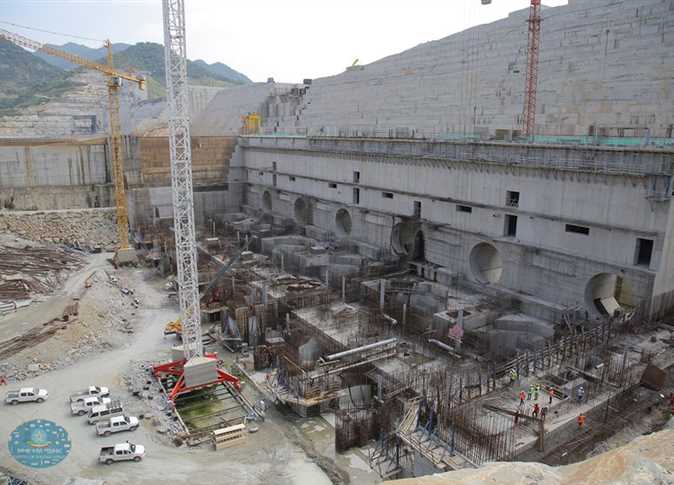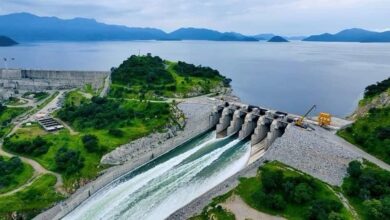
For a history lesson: look up America’s finger in the pie regarding the Grand Ethiopian Renaissance Dame (GERD), in light of US President Donald Trump hosting the Egyptian, Ethiopian, and Sudanese delegations in Washington.
Unfortunately, this matter is not only about one dam, as the United States previously suggested to Ethiopia in 1964 to build 33 dams, not just the GERD, on the basin of the Blue Nile river.
What are the details? As soon as Egypt and Sudan signed an agreement to divide the Nile waters between them in 1959, and as a joint Ethiopian-American response to this agreement at the request of Ethiopia, the US Land Reclamation Office was commissioned to prepare an optimal study utilize the waters of the Blue Nile Basin.
The US rushed – it was in a hostile against Egypt during that time- in preparing this study, which lasted until 1964 to develop a comprehensive vision for the development of this basin.
This means that the hostility was a joint Ethiopian-American affair.
The American study included 33 dams or projects published in full by Professor Rushdi Said in his important book “The Nile River: Geology, Hydrology and Utilization,” published in 1993. The list of these projects has been fully published on page 304 since 26 years ago.
But we – as usual – are people who do not read and if we read, we don’t take it seriously.
So don’t be surprised by the American role, which is back in the matter once again.
We started negotiations because of the GERD reservoir’s increased storage capacity. This capacity was limited, as per the American point of view in the past, to 11 billion cubic meters and 74 meters only used just to generate electricity,as there was no land suitable for agriculture except at the border area with Sudan, and the goal was to generate only 7,290 kWh.
By the way, the dam’s name was initially “the Ethiopian-Sudanese border project” and then named the “Millennium Dam”, before settling on the “Grand Ethiopian Renaissance Dam.”
But the real issue came once Ethiopia decided to raise the project’s capacity – in February 2011 – to 74 billion cubic meters. Ethiopia’s hostility was clear, as this was a time when Egypt was in a state of instability from the revolution, and was helpless do a thing.
All of these projects have been proposed to be implemented on the Blue Nile Basin, or whatever stems from Lake Tana. The Karadobi Dam is perhaps the largest of these projects, and I saw the process of building it on one of my visits to Ethiopia.
Some also wonder about the presence of a representative of the World Bank at the Washington meeting, and the answer is because the World Bank has approved the establishment of the Fincha Dam in 1969, built in 1972, and reserves of 400 million cubic meters south of Lake Tana.
Then comes the role of Italy, which built the Beles Dam, and also the European Economic Community, which contributed to increasing its capacity, and also contributed to the development of the Baro River up to at the Sobat River at Gambela Region, which I’ve visited also, though this was for agriculture.
Could you imagine 33 dams in the Blue Nile basin, while in Ethiopia there are dozens of other rivers?
This is where the danger lies.




